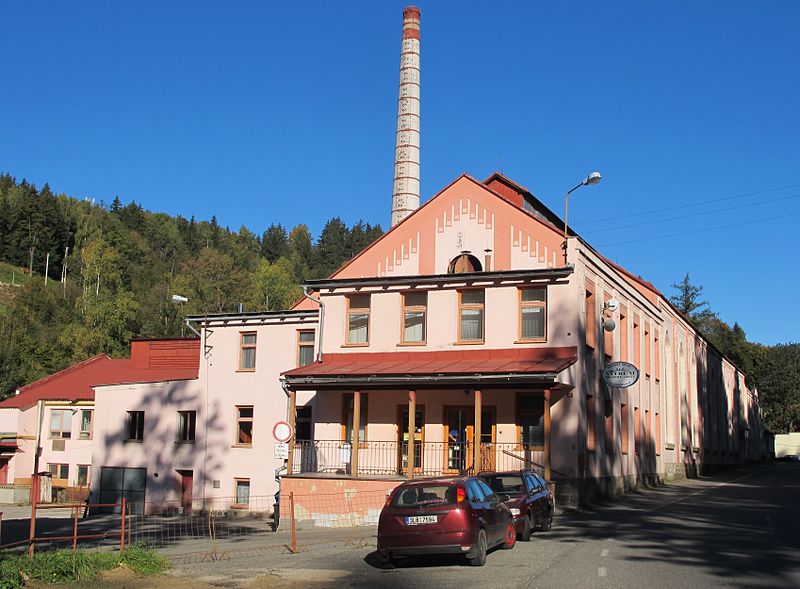Second to China, modern day Czechoslovakia is one of the world’s largest producers of glass beads for the commercial market. But, it could have been a very different story had the Communists remained in power.
Glass bead production in Bohemia (now part of central Czechoslovakia) can be traced back to the times of Roman occupation around 400 A.D. From then until the 12th Century, it was largely a cottage industry; glass-makers manufacturing beads to order for Catholic rosaries and door hangings. The 1500s saw the rapid expansion of glass factories within cities such as Stanovsko, Reichenburg and Jablonec, most of which were eager to cash in on the growing demand for glass beads by Spanish, English and Italian merchants.
The Industrial Revolution of the 19th Century saw the invention of numerous machines that enabled bead-makers to produce pressed glass beads on a massive scale, and at far less expense. Such machines also allowed a greater variety of shapes and cuts to be achieved, earning Bohemia an enviable reputation for innovative designs – such as fluorescent Vaseline Beads, produced by mixing Uranium salts with glass.
Mass production of glass beads continued throughout the early 20th Century in North Bohemia, and by 1928, the newly formed Czechoslovakia had superseded Venice as the largest exporter of glass beads in the world. Sadly, this success was short-lived. A combination of events – the Great Depression and World War II – severely impacted the bead-making industry. The Sudeten German bead-makers of North Bohemia were forced to move to Neu Gablonz, within Germany’s borders, meaning that many factories in Jablonec closed permanently.
The bead-making industry went into further decline from 1948 when the Marxist-Leninist Communist Party of Czechoslovakia came to power, forcing the closure of many more factories in Jablonec and Reichenburg. It was only in 1958, following the death of Stalin, that a group of artisans were able to muster enough backing to re-establish the industry. However, they were only able to do so by agreeing to the industry becoming nationalized by the Communist Party. They controlled all aspects of import and export to and from Czechoslovakia for the next forty years until they were ousted in 1989, after which, Czechoslovakia’s former cottage industries again began to flourish once more.
